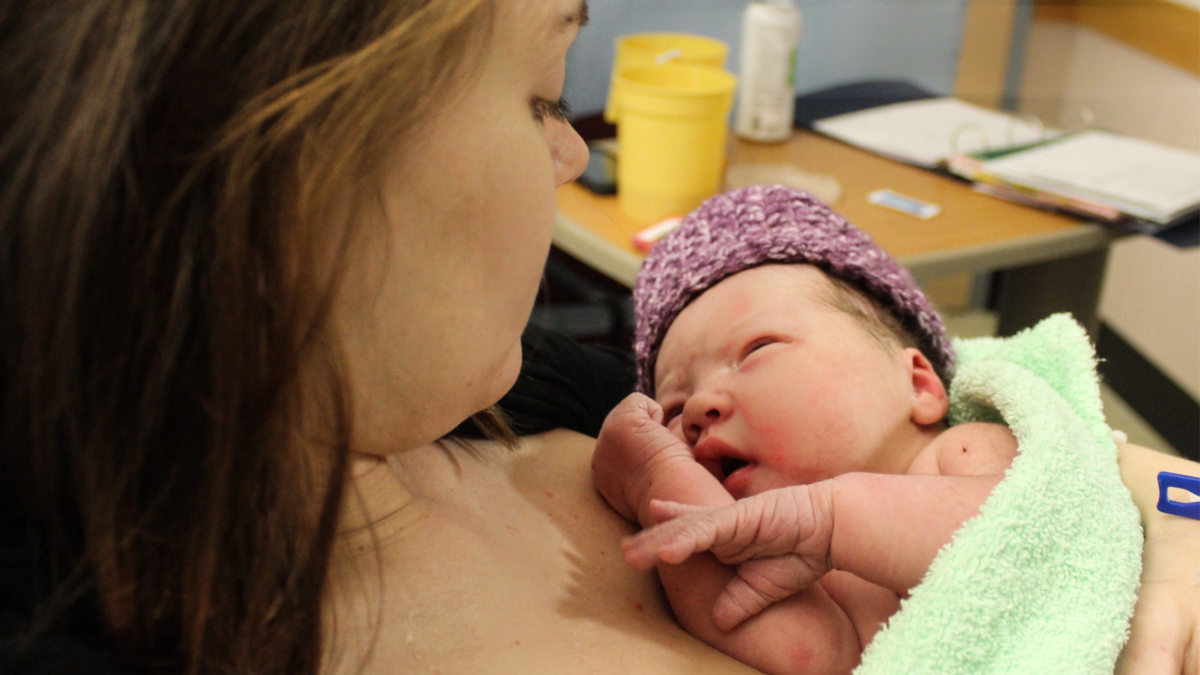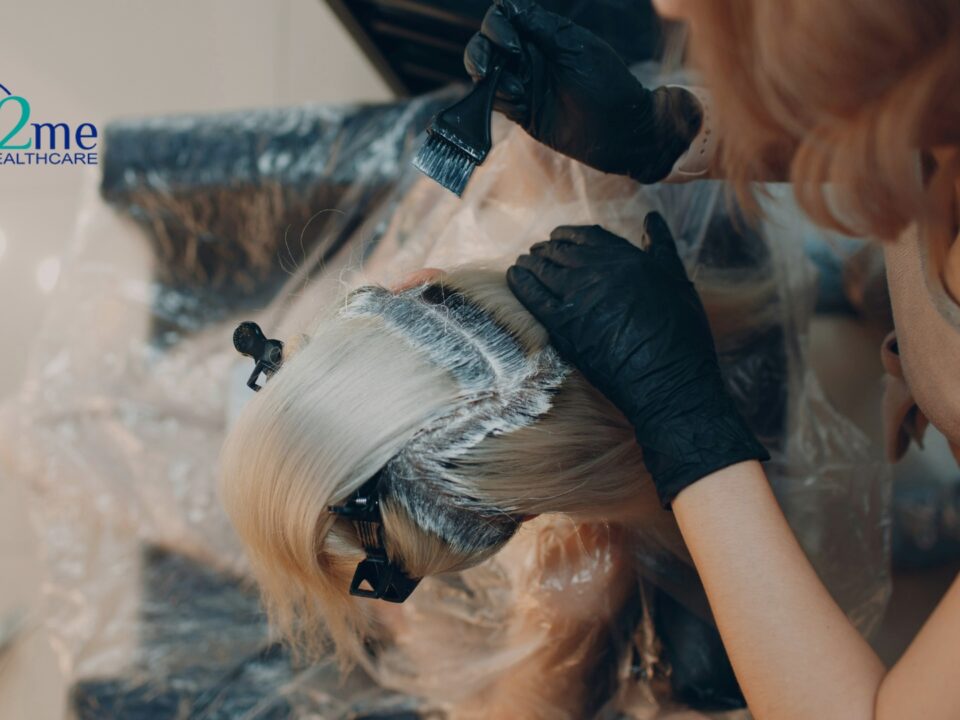5 Things to Do with the Placenta After Birth

Does Advanced Maternal Age Matter?
June 2, 2023
Should You Consider Delayed Cord Clamping?
June 30, 2023Once you make it through your pregnancy and labor, you’re officially in the third stage of labor: delivering your placenta. Although this stage isn’t as exciting as meeting your newborn, getting the placenta is a transformative experience for many women. The placenta provides your baby with nutrition, water, and oxygen while they’re in the womb. And in recent years, more women have been interested in donating or even consuming the placenta after birth.
These simple tips will help you decide what to do with your placenta after birth!
1. Eat Your Placenta
The technical term for eating the placenta after birth is “placentophagy,” and it’s growing in popularity as more celebrities express their experiences consuming the placenta after birth. While there isn’t any hard evidence that taking placenta pills or eating it after birth offers health benefits, many mothers believe it can provide micronutrients, boost breast milk supply, and even prevent postpartum depression.
2. Donate Your Placenta
Donating your placenta after birth is also a viable option. Since the placenta is chock full of vital nutrients, healthcare providers can use the tissue in reconstructive procedures, such as spinal surgery, ocular procedures, and healing burns.
If you donate your placenta after birth, make sure you contact an accredited tissue bank to receive the authorization. Also, make sure you let your healthcare provider know that you will donate your placenta, so they can get the necessary authorization and complete any paperwork.
3. Create a Placenta Salve
If you’re not interested in popping placenta pills or drinking a placenta smoothie, you could always try making a placenta salve! A placenta salve is a topical balm created with your favorite oils, including coconut oil, beeswax, or shea butter. Many women use the placenta salve to manage the physical and hormonal changes that may occur after labor.
You can use your placenta salve to ease any discomfort after giving birth. For instance, you can apply the salve to your breasts if they’re sore after feeding. Some women also apply their placenta salve to C-section incisions for a better healing process. Creating a placenta salve is a great way to make the most out of the birthing process and ensure you heal properly.
4. Create a Placenta Birth Tree
Some parents also decide to grow a placenta tree for their baby! These placenta birth trees are a wonderful symbol of life and your baby’s entry into the world. You can even take it a step further and plant the tree as part of a ceremony with your family and friends.
When selecting a plant for your placenta tree, make sure you choose an option that will grow when your child is born. In addition, some plants can grow year-round in the right environment. If you’re interested in planting a placenta birth tree, choosing a plant that bears fruit could be fun, so your baby can pick it when they age.
5. Create a Placenta Tree
If you’re feeling creative, why not create some placenta print? A placenta print is when parents use the baby’s placenta to make a print on paper as a keepsake. You can hang the placenta print in your baby’s nursery or keep it in a photo album. Just remember that if you decide to do a placenta print, you’ll need to do it within the first few days after giving birth.
Create Your Birthing Plan with 2Me Healthcare
Whether you’re planning to start a family or seeking support throughout your pregnancy, working with healthcare providers that listen to your concerns and create a birthing plan for your unique needs is essential. If you want to work with a midwife offering holistic pregnancy and fertility support, OB2me is here to help.
At OB2me, we offer private in-home or in-office concierge midwifery care to support you with comfortable prenatal and postpartum care for you and your family. We are also available to help you throughout your labor and delivery at the hospital.
OB2me provides multiple packages and services to best fit your needs and make your transition from pregnancy to motherhood as stress-free as possible. Just contact our team today and see how working with a dedicated and passionate healthcare provider can make all the difference!




